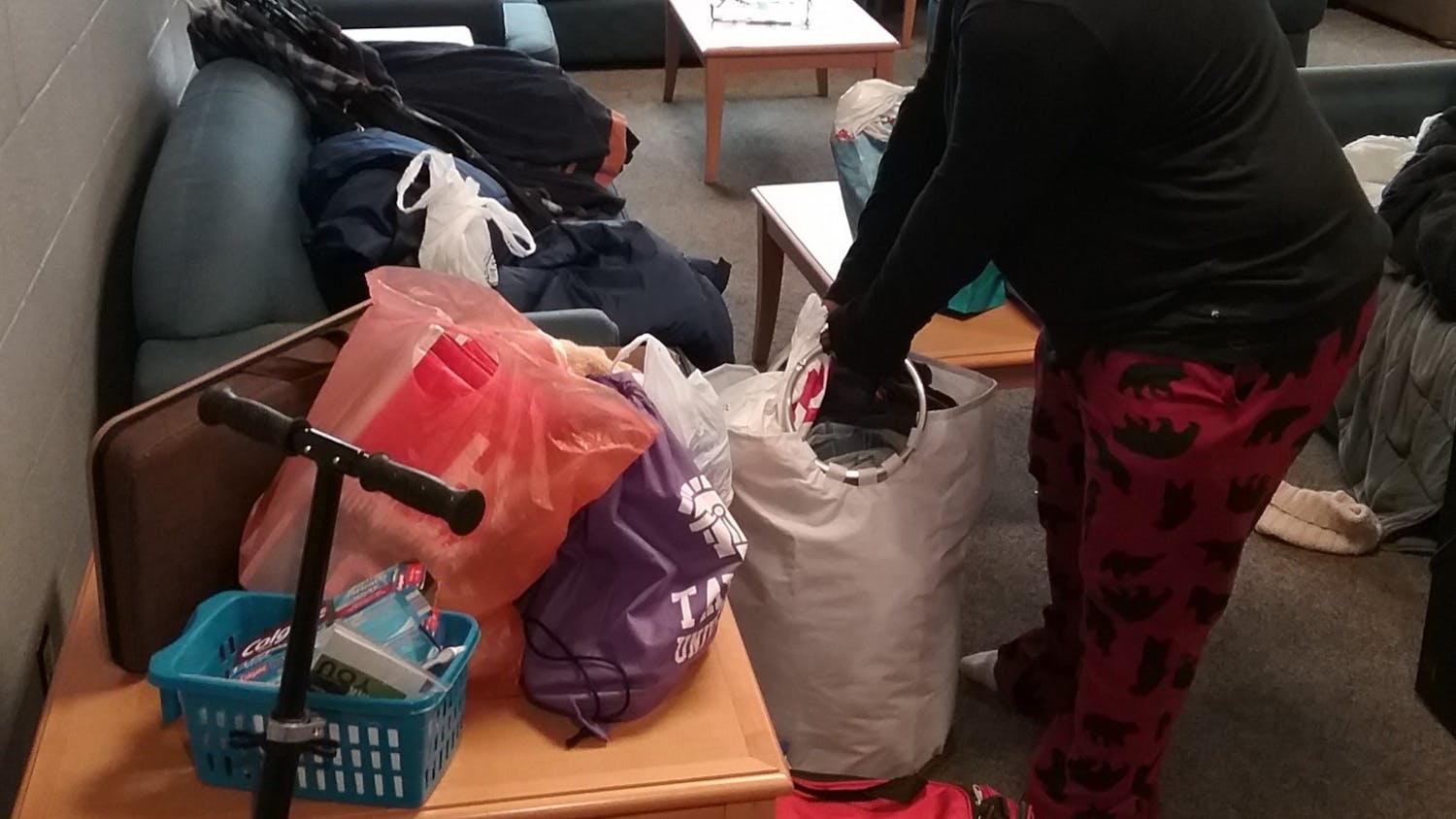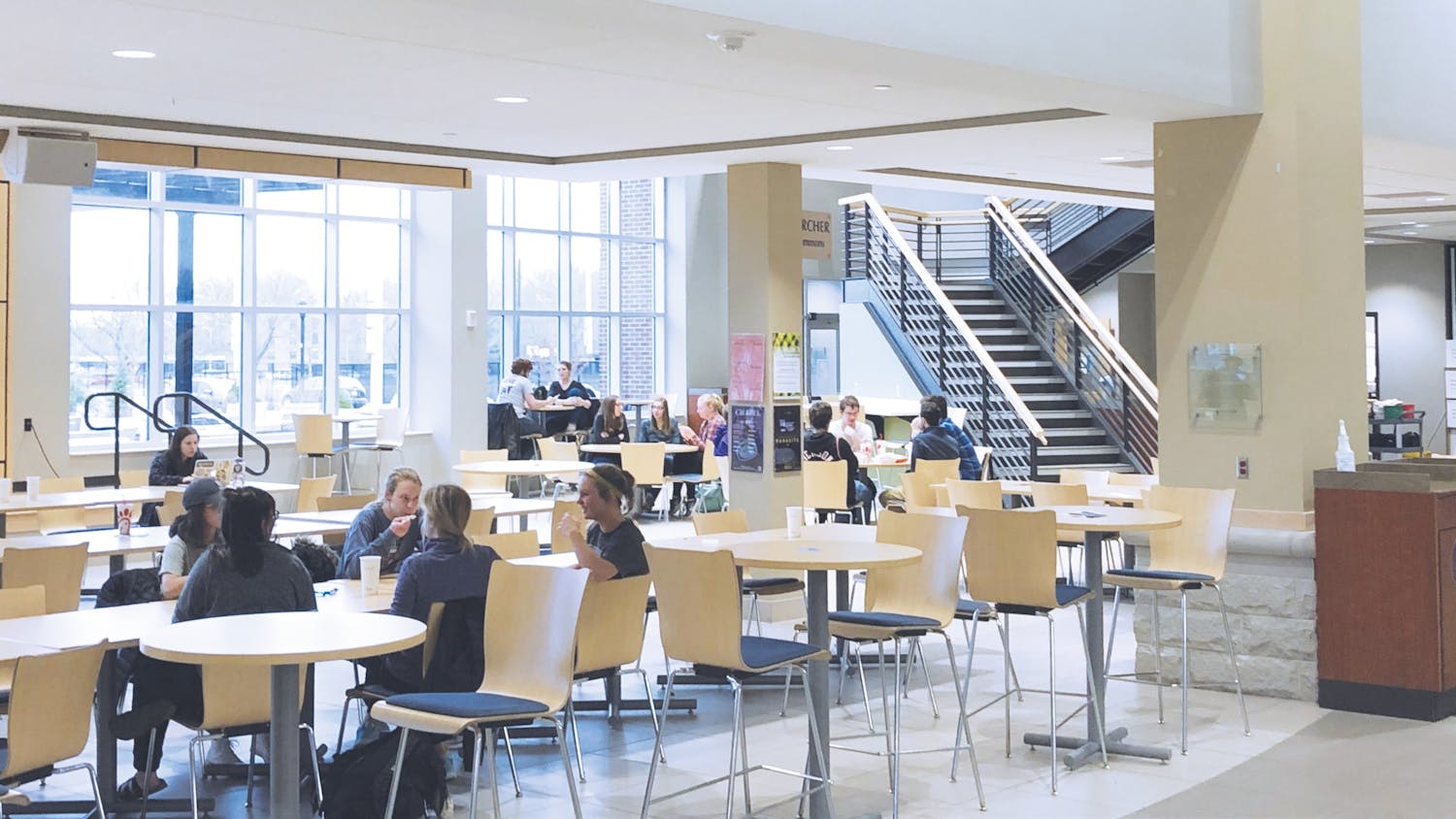Taylor University will return around $3.5 million to students after room and board adjustments for the spring semester, according to Stephen Olson, vice president of business and finance.
After Taylor’s decision to shut down campus for the remainder of the semester, many community members had questions about how the school would handle students’ accounts.
In an email on April 3, Interim President Paige Cunningham announced the Board of Trustees’ decision to reduce housing and meal charges by eight-fifteenths, for the eight weeks following spring break for all students who moved out of campus housing.
“Universities have handled financial adjustments in a variety of ways,” Cunningham wrote. “We believe this is the right thing to do for you, students and parents . . . Please know we take seriously the stewardship of not only your education, but also your resources. Thank you for your patience, understanding and, most importantly, prayer.”
Students in the process of paying off their tuition bill had their payment plans reduced, while students who paid in full received credit on their accounts, Olson said.
Students with credit on their account were offered three options: keep the balance on their account for the fall semester, have the balance sent to them via check or direct deposit or donate the remaining balance to Taylor to benefit the Taylor general fund.
“Why option C?” Cunningham wrote. “The Lord may be putting this option in the hearts of our families who can help students now. Some of you have expressed a desire to do just that. But we know that many of you are not in a position to make gifts, and we truly understand.”
Students were given until April 13 to make a selection. If students did not respond, their balance would remain in their accounts, Olson said.
As of April 16, around 800 of the roughly 1300 students had responded, with most electing to keep the balance on their accounts or have the university send them the balance. So far, Taylor has sent around $850,000 in payments to students, with an average credit of $2200 per student, Olson said.
According to Olson, about 25 families have elected to donate their remaining balances to Taylor, contributing around $40,000 to the general fund. Given Taylor’s losses, any donations are appreciated, he said.
In an email on April 22, Cunningham addressed Taylor’s financial situation as a result of the adjustments.
“The pandemic has adversely impacted Taylor financially, as it has colleges everywhere,” Cunningham wrote. “We have taken a $3.5M hit to our fiscal year due to the adjustment to room and board charges. It was the right thing to do. As we endure this difficult financial season and address more uncertainties to come, we are reminded that Taylor has weathered financial storms throughout our history, and that God has faithfully brought us through safely.”
Amidst all of the fear and negativity, Olson encourages members of the Taylor community to focus on the positives. Despite the changes that moving online have posed to intentional community, students can still create meaningful connections, he said.
However, the virtual version of Taylor the community is currently experiencing is not meant to be a long-term replacement for physical community, Olson said.
“That’s not the Taylor that we all want,” Olson said. “We want to bring back everyone when it’s safe.”





